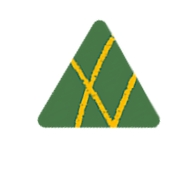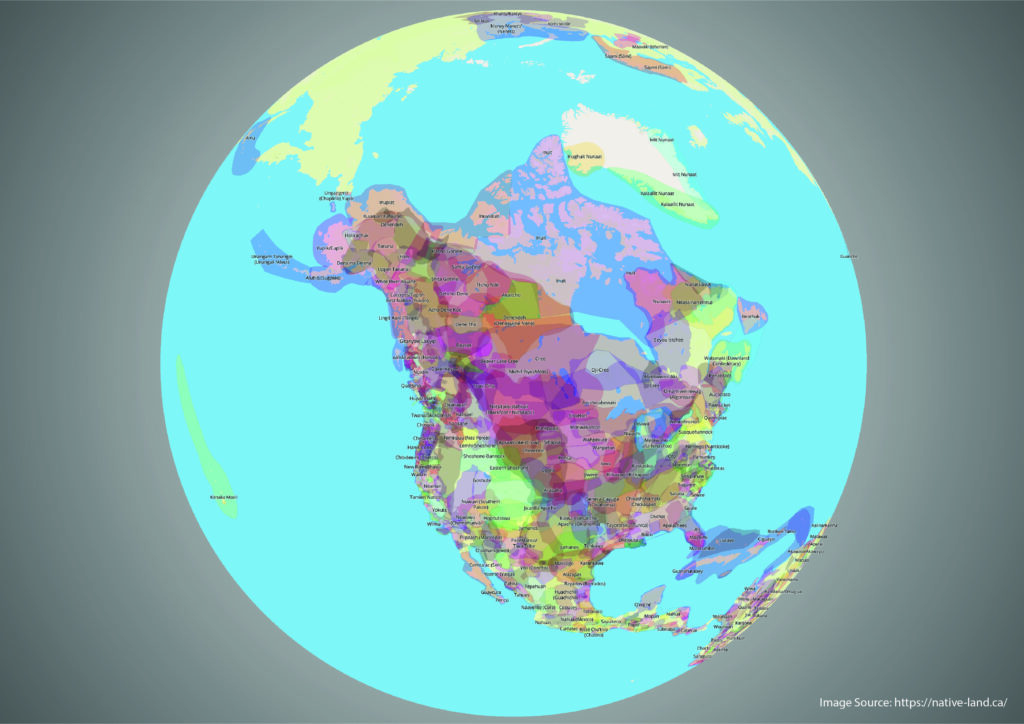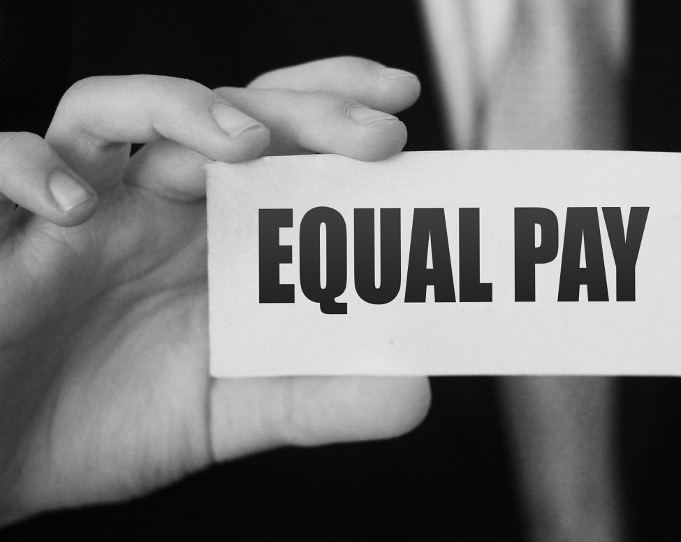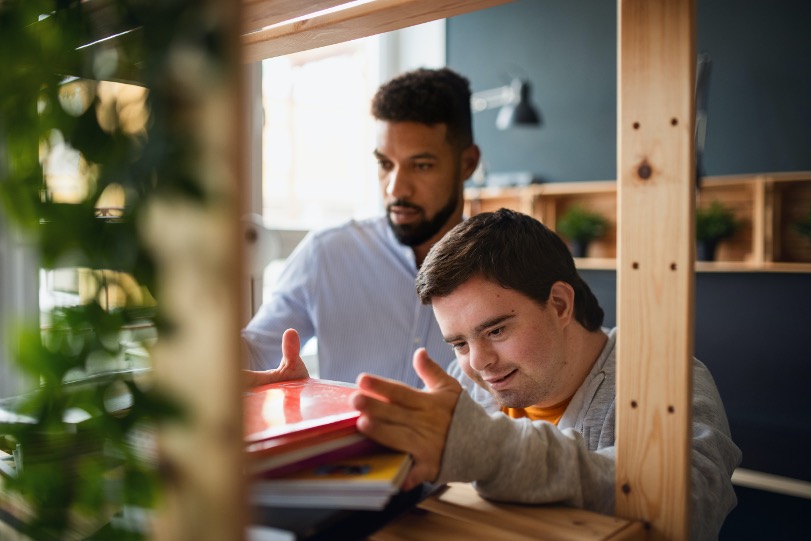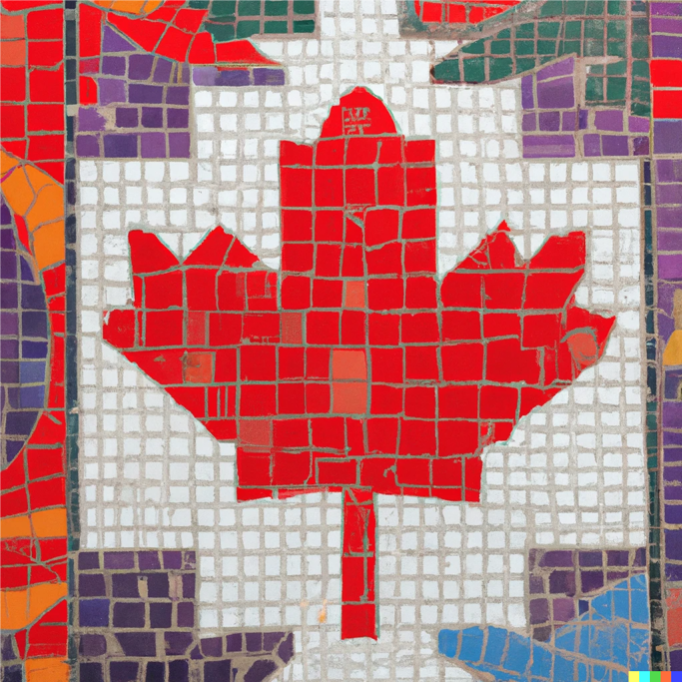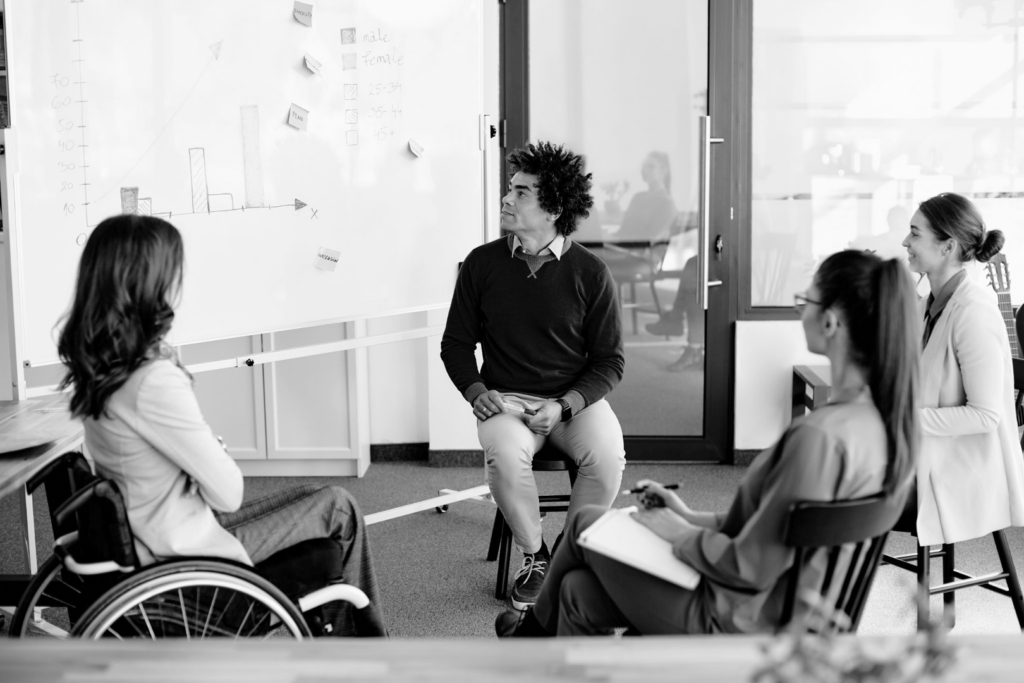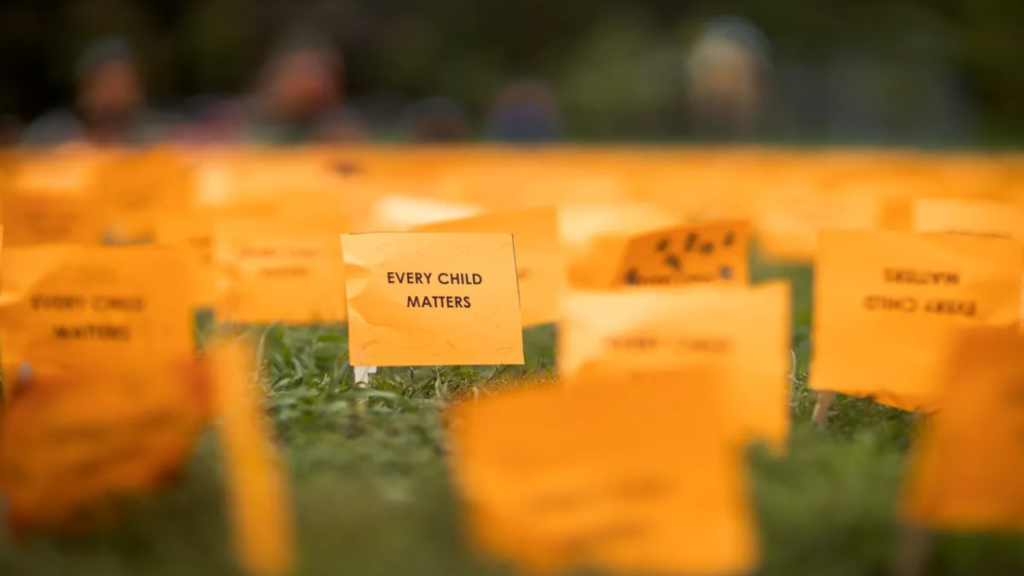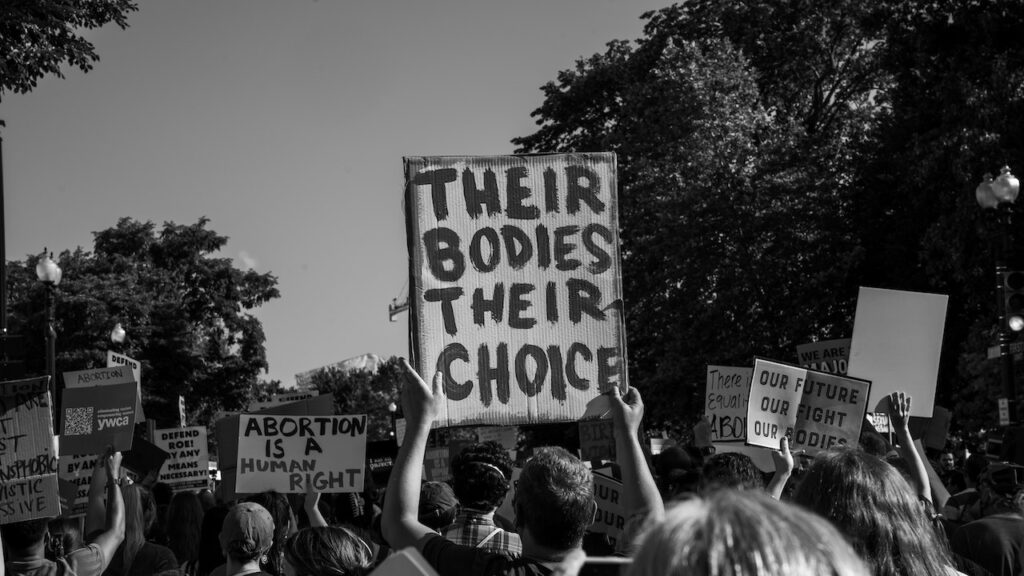At Inclusivity, we encourage everyone to acknowledge the systemic discrimination that Indigenous Peoples face, learn about the history of the land where you live, work and play, reflect on what that means to you and incorporate an acknowledgement of this into your professional meetings and events.
In consultation with people from Indigenous communities, we have compiled the following list of resources related to acknowledging Indigenous Peoples and traditional territories. These resources are intended to support individuals with getting started, this is not an exhaustive list of information and we encourage an intentional effort to continue learning.
Why do a Territory Acknowledgement?
Reconciliation
“As we engage in processes of reconciliation it is critical that land acknowledgements don’t become a token gesture. They are not meant to be static, scripted statements that every person must recite in exactly the same way. They are expressions of relationship, acknowledging not just the territory someone is on, but that person’s connection to that land based on knowledge that has been shared with them.”
– Lindsay DuPré- Metis Nation (learn more at Whose Land)
“If we think of territorial acknowledgements as sites of potential disruption, they can be transformative acts that to some extent undo Indigenous erasure. I believe this is true as long as these acknowledgements discomfit both those speaking and hearing the words. The fact of Indigenous presence should force non-Indigenous peoples to confront their own place on these lands.”
– Chelsea Vowel, Métis, Beyond Territorial Acknowledgements (learn more at Native Land)
Relationship To Land
“Getting to know people, creating a relationship to the place that you are from, the water that you drink…getting to know these things in an intimate way, is what essentially, will change peoples minds, change peoples hearts. Acknowledging the land and water that sustains us and life on Mother Earth is part of becoming a balanced and present human being. Its about honouring and protecting the land and water, honouring ourselves and our bodies”. – Nigit’stil Norbert, Gwich’ya Gwich’in, Born and raised in Denendeh, Yellowknife, Northwest Territories (learn more at Whose Land)
Find your Land
- Visit Whose Land to learn about the territory your home or business is situated on, find information for land acknowledgements, and learn about the treaties and agreements signed across Canada.
- Text your postal code to 1.907.312.5085 and you will receive a text message response indicating the territory you are located. *Please note – although fairly accurate, it is recommended to confirm. If you are unable to confirm you can still acknowledge the territory but indicate, you are not 100% sure and you are open to being corrected Land.codeforanchorage.org
Beyond a Scripted Acknowledgement
Acknowledging Indigenous Peoples and traditional territories in meetings and events is an important first step and with time, as you continue to learn, this statement can move beyond a few scripted lines. For example, you may begin to personalize and tailor it to the occasion, incorporate elements of relevant history or learn to deliver it in the traditional language. The emphasis here is on continued learning and an intentional effort to recognize the traditional Peoples and land in an authentic and relevant way.




